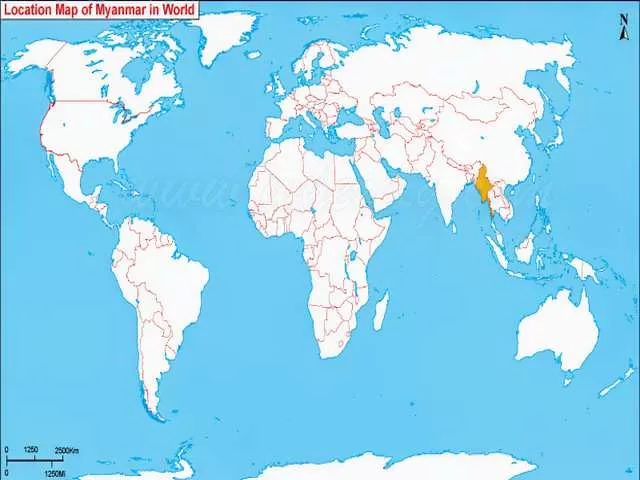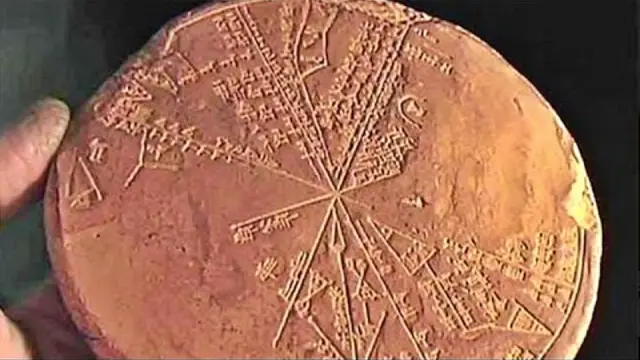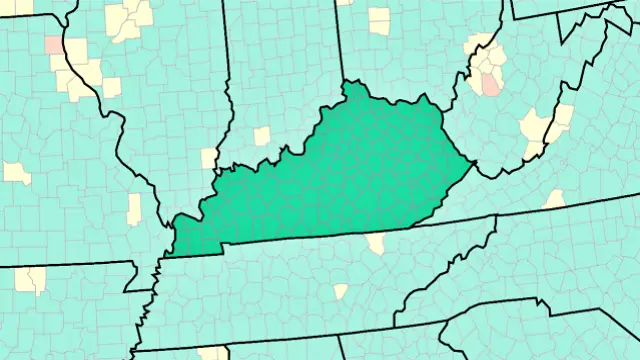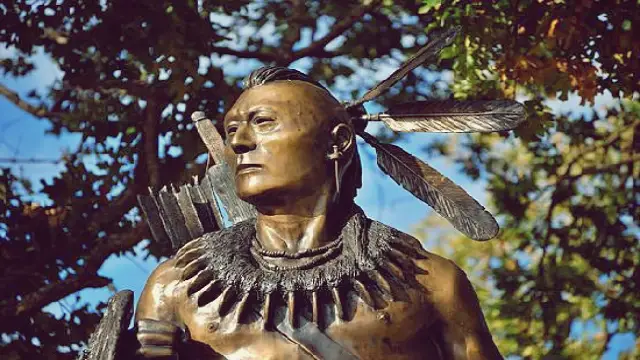Independence Day in Myanmar, Burma holds profound significance, symbolizing the nation’s struggle for sovereignty and freedom. This article delves into the historical roots, cultural celebrations, and the impact of this monumental day on the people of Burma.
Key Points
1. Historical Significance of Independence Day in Myanmar (Burma)
Burma, also known as Myanmar, gained independence from British colonial rule on January 4, 1948. The country celebrates its Independence Day on this date annually. The historical significance of Independence Day in Burma lies in the end of British colonial dominance and the establishment of an independent sovereign nation.
Key aspects of the historical significance include:
- End of British Colonial Rule: Burma was under British colonial rule for many years, and the struggle for independence gained momentum in the 20th century. Various political movements and leaders, including Aung San, played crucial roles in the fight for independence.
- Aung San and the Panglong Agreement: Aung San, the leader of the Anti-Fascist People’s Freedom League (AFPFL), negotiated with different ethnic groups and leaders to form the Panglong Agreement in 1947. This agreement aimed at creating a unified and independent Burma with equal rights for all ethnicities.
- Establishment of the Union of Burma: On January 4, 1948, Burma officially became an independent nation. The Union of Burma was established with Sao Shwe Thaik as its first President and Aung San as its first Prime Minister.
- Ethnic Diversity and Unity: The struggle for independence and the subsequent formation of the Union of Burma acknowledged the country’s diverse ethnic makeup. The goal was to create a united nation where various ethnic groups could coexist peacefully.
- Legacy of Aung San: Aung San, who played a pivotal role in Burma’s independence, unfortunately, did not live to see the realization of the independent nation. He was assassinated in July 1947, just months before independence. However, his contributions are remembered and revered in Burmese history.
2. Cultural Celebrations and Traditions
Myanmar, with its rich cultural heritage, boasts a variety of celebrations and traditions that reflect the diversity of its ethnic groups. Here are some notable cultural celebrations and traditions in Myanmar:
Thingyan Water Festival:
Thingyan marks the Burmese New Year and is celebrated in April. It is a water festival where people splash water on each other to symbolize the washing away of the previous year’s misfortunes. It’s a joyous and exuberant celebration with music, dance, and water activities.
Thadingyut Festival (Festival of Lights):
Celebrated in October, Thadingyut marks the end of the Buddhist Lent. During this festival, homes and public places are adorned with colorful lights, and people pay respects to elders by offering food, gifts, and lighting candles.
Tazaungdaing Festival:
This festival, usually held in November, involves hot air balloon competitions in various regions of Myanmar. The brightly decorated balloons, often in unique shapes and sizes, are launched into the sky, creating a spectacular display.
Shinbyu Ceremony:
The Shinbyu ceremony is a crucial rite of passage for young Burmese boys, typically between the ages of 7 and 14, who temporarily become novice monks. Families take part in processions to the monastery, and the boys receive blessings and education from the monks during this period.
Kahtein Ceremony:
Kahtein is a Buddhist religious ceremony during which new robes and other necessities are offered to monks. It usually takes place during the Buddhist Lent (rainy season retreat), and communities come together to make these offerings to support the monastic community.
Nat Pwe (Spirit Festival):
Nat Pwe is a traditional spirit festival where people pay homage to the 37 Nats (spirits) that are a significant part of Myanmar’s animist belief system. Festivities include music, dance, and spirit possession rituals.
Manuha Pagoda Festival:
Held in Bagan, this festival celebrates the Manuha Pagoda and includes traditional games, competitions, and a procession. Pilgrims and locals gather to pay their respects to the Buddha image inside the pagoda.
Poy Sang Long Festival:
Common among the Shan ethnic group, the Poy Sang Long festival is a rite of passage for young boys who enter the monkhood temporarily. It involves elaborate ceremonies and processions, showcasing the rich cultural and religious traditions of the Shan people.
These celebrations and traditions highlight the vibrant cultural tapestry of Myanmar, showcasing the influence of Buddhism, animism, and the unique customs of various ethnic groups across the country. Keep in mind that the dates and details of these events may vary based on the lunar calendar and local customs.




















